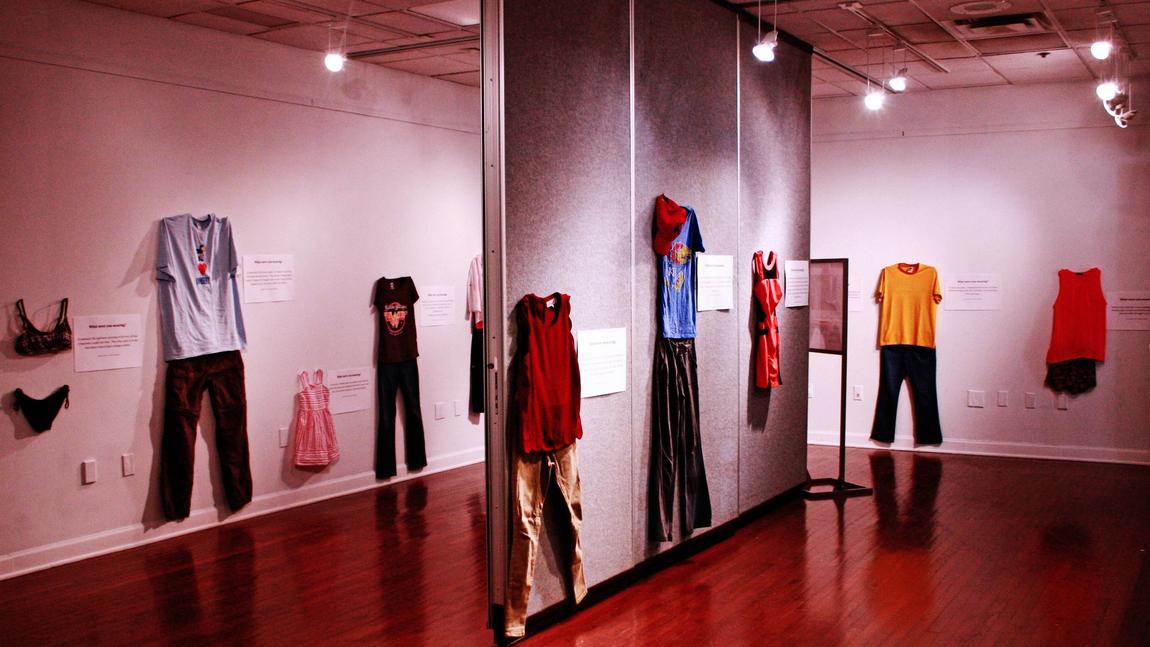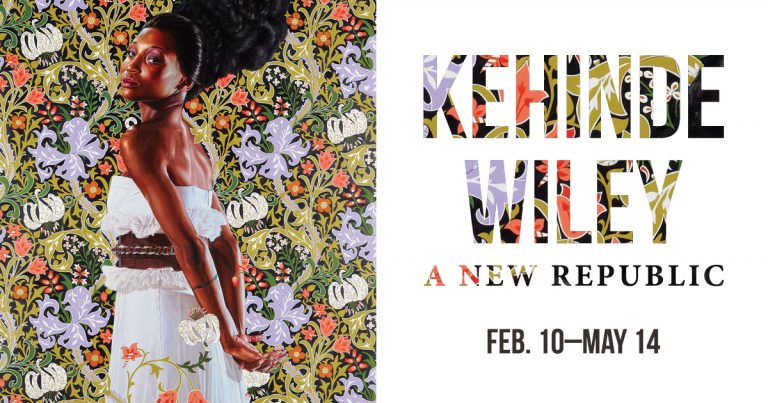During a gallery visit on a cool Friday, the exhibit was quiet, uninterrupted as a projected screen on the wall played the construction and deconstruction of bread against fragile grid paper. As a common theme, EMBODY is a refinement of material in each of the exhibiting works, a process of transformation that embodies a larger significance.

From the opening entrance into Stephanie Brown’s Am I Enough, the power of material is palpable. There’s a tactile installation in a palette of skin tones, like suits someone could wear on and off in a closet. Following this idea and framed by the poem typed on the wall, is a shirt display with no bleach symbols and an exhibition of different people of colour dressed in them. The meaning is clear: no whitewashing; please wash gently with unlike colours.
The idea of an identity is juxtaposed with clothes and fabrics, the same way we wear biases. But colourism, racism, and the weight of an identity – these are things that are less easily taken off than the way someone might take off a coat.
To a more abstract kind of expressionism with material, How to draw a line by the clenching of a fist by Brynn Higgins-Stirrup explores both the geometric and fluid, with images and sculptures that are inherently tactile, a history of molding folded into their form. It is work that is engaging and dynamic to look at, something that captures attention into the process like a manual of how to create.
There are some interesting, beautiful and abstract shapes, touchable and twisted, such as the grid upon paper like a map, a pathway of how things are created. It’s an exhibit that almost elicits a need to touch and explore the pieces from their nuanced, delicate complexity.
Crossing by Brenna K. Murphy utilizes the same kind of complexity. But it’s a labour of love, painstakingly slow and focused. Within the work, there’s an idea of reverence for the length of lace that looks so breakable and easily tangled. It’s solemn, the motions of deconstructing a sweater for the threads to create something new; deconstructing the old clothes in a process of grief.
It is there, coiled but unexpressed, and the creation of this lace over a long period of time, as if looking for all the time that heals, and creating a sadness that is now tangible – it is an art piece that spans long and delicate across an entire room.
Finally, the closet of the bedroom of / offscreen / by Robert J. Fitzgerald is located near the entrance of the gallery, while the rest is situated near the back, as if a teaser to the private life of a teenage boy. The exhibition uses personal materials, creating a sense of nostalgia as projections of old films play in the intimate corners of an adolescent’s bedroom – between the window shutters, underneath bed sheets, in a sock drawer.
There is definitely something secluded about a bedroom, now opening it up for a glimpse of someone’s individual life. It’s comfortable, excluded from the outside world save for the projections of films that have influence on this privacy.
Each work exploring material to embody a particular narrative, the MFA Thesis Exhibition is worth a trip to the Stamps Gallery.









